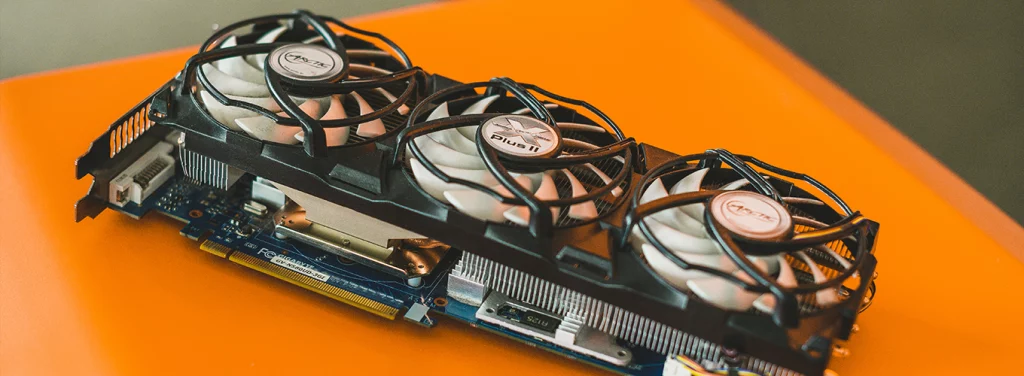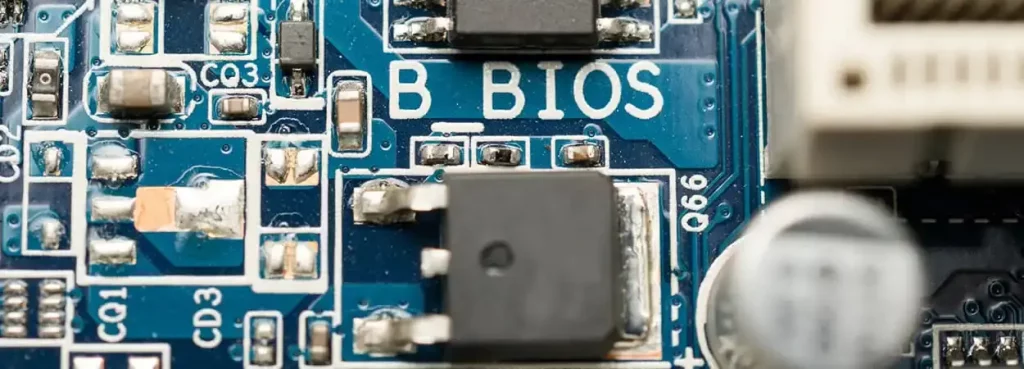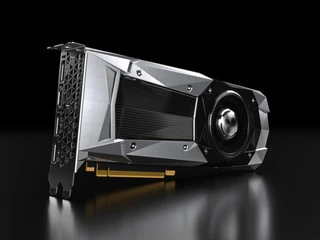A graphics card forms an important part of gaming computers. They are also useful in cases where you want to run creative applications, such as video or photo editing software.
Sometimes, however, your graphics driver may not work as expected. In these cases, you may want to learn how to reset your graphics card. This process can refresh the settings and sometimes resolve problems like poor performance.
We will take a closer look at the process to follow if you want to reset graphics cards or drivers in your computer.
How To Restart Graphics Card Drivers
When you run into problems with your graphics card, restarting the drivers they use is a good first step. While you can view the settings of the graphics card you have in the control panel, there is not specific option to restart these drivers.
The easiest way to perform this particular function is to simply restart your PC. During this process, the drivers for your display adapters will also restart. You also do not need to dig around in the device manager or control panel for this process. Simply click the power button in your start menu, then click on “restart”. Wait for your computer to turn off and on again.
Once your computer turns on, sign into your account and see if your problems are resolved. If you restart your PC, it will not return the drivers to their default settings. Any configurations you made in the AMD Radeon settings or Nvidia control panel will remain the same.
How To Reset Your GPU’s Overclock Settings
Gamers will often rely on overclocking functions to get the most performance out of their graphics card. This helps to increase the performance of the graphics card. In turn, you can usually run your games at higher graphics settings. There are cases where overclocking causes problems with your display adapters or graphics driver. In this case, you may want to reset the overclock settings before you attempt other steps.

You first need to consider the software you use to overclock your graphics card. Some graphics drivers will have their own overclocking function. In this case, you will open either the Nvidia control panel or AMD Radeon settings. If you select Nvidia control panel, you will be greeted with a dashboard. The same goes for drivers that you use with an AMD graphics card. Look for an “overclock” function. Turn the overclock off and then restore the default settings.
If you use third party software and not your display drivers, then open the application that manages the overclocking function. Look for a button that restores factory defaults for the overclocking features. For easy access to these settings, some people may enable bios caching. This allows access to bios setup without adversely affecting performance.
Also Read : Best x570 Motherboard
How To Reset Graphics Card Drivers
The graphics driver you install on your computer will have a large role in how your card performs. When there are missing files or errors with the driver, then you may experience poor performance. In this event, it is a good idea to reset the graphics driver that you use. You can gain access to the graphics driver in the device manager.
There is no keyboard shortcut to open this control panel in most cases. On a Windows PC, press the Windows key on your keyboard. Now, type in “device manager” and click on the result that shows up. Look for your graphics card in this list, then right click on it and navigate to “properties”. Head to the “Driver” tab and click on the “Uninstall Device” button. This will uninstall the current driver that you have on your computer. Once uninstalled, the next step is to restart your PC. After restarting, your operating system will likely install a default driver for your graphics card.
You can now download and install the latest version of your card’s drivers. This will also install the Nvidia or AMD control panel along with the driver. You can use this control panel to configure any specific settings related to your graphics card.
How To Reset GPU Software

The graphics driver is only part of the elements that your computer uses to display content on your monitor. AMD, Intel, and Nvidia offer software that you can usually use to control your graphics driver and card settings.
If you want to restore factory settings for all the drivers that affect your graphics card, then it is a good idea to reset your GPU software. This can help to remove both the software and drivers that you currently have installed. It gives you an opportunity to start fresh with the latest version of the software.
For this particular process, you will not open the device manager or turn to the system preferences. Instead, you should head to your start menu and look for your graphics card software. There will usually be an option to uninstall the software. If not, head to the software manager on your operating system.
Look for the software that manages your graphic card, then click “Uninstall”. Make sure you restart your PC before you decide to install a new version of the software again. Your computer will automatically install drivers for the graphics card when it comes on again. You can override these settings by manually installing drivers that you download from the manufacturer’s website.
Note that this will also restore the factory settings of your graphics card. Head to the software that you use and select graphics properties. Now, you should configure the graphic card according to your own preferences. You can usually adjust the color profile and several other settings related to your graphic card in this software. This also ensures you can optimize the computer to run the games or applications that you want to enjoy.
Also Read : Best Micro ATX Case
How To Reset GPU From Bios

The device manager or control panel window of your operating system can help you reset graphics driver. There are, however, certain limitations that you may find when you turn to the device manager. Even if you select AMD Radeon settings or head to the Nvidia graphics card software, there are still some functions handled outside of the operating system. In these cases, you may want to reset the GPU from the bios setup screen.
The specific process depends on the motherboard that you have in your computer. Turn your computer off. When you press the power button, a startup or bios screen will show for a few seconds. You need to press a button while this screen displays. The button you need to press is usually F2 or F12. Some computers use a different button, which you can see on the screen during startup. Now, look for video bios settings.
If you want to reset the GPU from bios, you will need to restore defaults for all settings. Select restore factory defaults, then press enter to confirm. You should note that this will not only affect your GPU. When you reset the settings in the bios, any other configurations you have made will also go back to the factory defaults.
If you have made changes before, take note of these changes. You will need to make the same changes again after you complete this process to avoid running into problems with your operating system. This is especially important if you do not use the default boot settings that came with the motherboard as a standard configuration.
Conclusion
A PC graphics card can sometimes run into trouble due to missing drivers or incorrect settings. When you reset the graphics drivers, you can often resolve these issues. Knowing how to reset a graphics card, however, is an important part of the process. Be sure to follow the instructions we shared to ensure you use an appropriate procedure.

